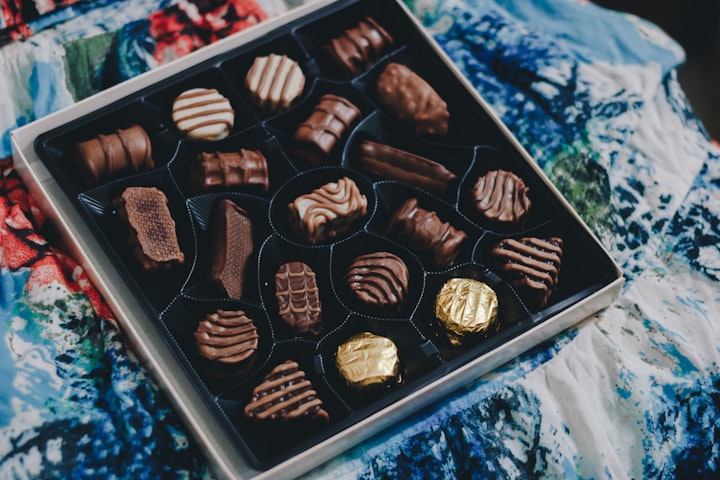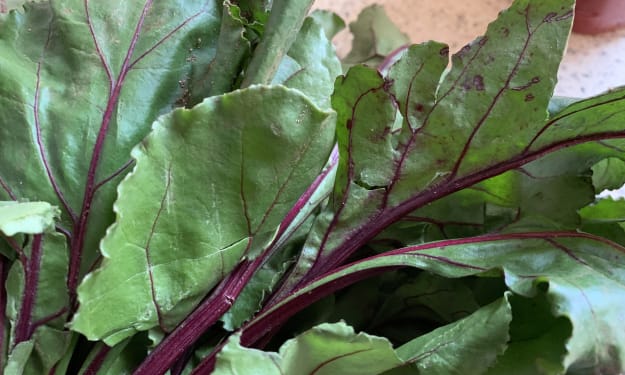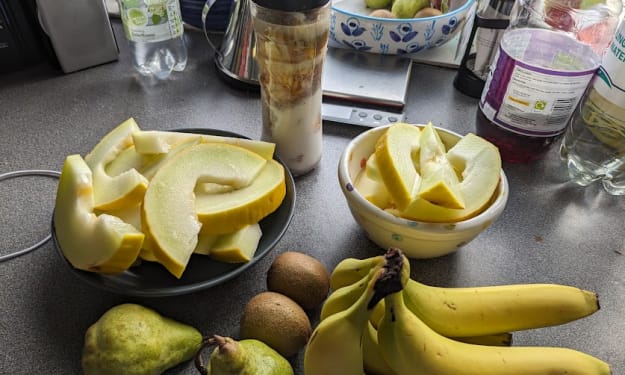Artificial 3D Tongue Used to Explore the Pleasure of Chocolate
Lubrication is key to enjoyment of chocolate in the mouth

For many people the taste and feel of chocolate in the mouth as it slowly starts to melt and coat the tongue is a real pleasure but what is it about certain chocolates in the mouth that makes them more pleasurable than others? Scientists believed that the pleasure was beyond purely the taste of the chocolate and so set out to discover the physical process that takes place in the mouth when a chocolate or piece of chocolate is eaten.
A team of scientists from Leeds University in the UK now think that they’ve decoded the process and that their findings might help in the design of new luxury chocolates with healthier properties than they traditionally have. The team at Leeds University was led by Anwesha Sarkar, Professor of Colloids and Surfaces in the School of Food Science and Nutrition.
The team concentrated on the chocolate as it melts and changes from a solid into a smooth emulsion. The sensation of this process, along of course with the taste, is for many people irresistible.
The team at Leeds found that whilst in the mouth the ‘chocolate sensation’ is dependent on the lubrication which is created by chemicals in the chocolate and from the saliva in the mouth.

Fat in the chocolate plays an important role with the fat that’s in direct contact with the tongue having a bigger role in the pleasurable sensation than fat deeper inside the chocolate. This means that there are perhaps opportunities to replace some of the fats deeper within a chocolate with healthier options with decreasing the pleasure that the chocolate creates in the mouth.

Professor Sarkar said: “Lubrication science gives mechanistic insights into how food actually feels in the mouth. You can use that knowledge to design food with better taste, texture or health benefits.
“If a chocolate has 5% fat or 50% fat it will still form droplets in the mouth and that gives you the chocolate sensation. However, it is the location of the fat in the make-up of the chocolate which matters in each stage of lubrication, and that has been rarely researched.
“We are showing that the fat layer needs to be on the outer layer of the chocolate, this matters the most, followed by effective coating of the cocoa particles by fat, these help to make chocolate feel so good.”

A artificial 3D tongue was used to test luxury dark chocolate by the Leeds University research team. Analysis was undertaken using something called tribology techniques. Tribology is a field of engineering and involves the study of friction, wear and lubrication, and design of bearings, science of interacting surfaces in relative motion. To use techniques from tribology to study the pleasure of chocolate is a novel use of the technology involved.
The pleasure of chocolate in the mouth doesn’t sound so attractive when the process is described! The tongue becomes coated in a fatty film released from the chocolate and this also costs other areas of the mouth. It is this smooth feeling created by the fatty film that stimulates the pleasure feelings within the oral cavity.
The lead researcher in the study, Dr Siavash Soltanahmadi who is from the Leeds University School of Food Science and Nutrition said: “Our research opens the possibility that manufacturers can intelligently design dark chocolate to reduce the overall fat content.
“We believe dark chocolate can be produced in a gradient-layered architecture with fat covering the surface of chocolates and particles to offer the sought after self-indulging experience without adding too much fat inside the body of the chocolate.”
Chocolate is a product that is seeing a year on year increase in sales. Profits from chocolate sales are predicted to grow 13% between 2022 and 2027 to reach £6.6 billion according to MINTEL, the business research agency.
Some people feel research of this kind by University research teams is unjustified in terms of the time and money spent on it when there are so many humanitarian, medical and social problems in the world. Universities might argue that such research brings in valuable money to their institutions and that setting aside the commercial value of the work to chocolate and food manufacturers it also tackles the problem of excess fat in food.
One thing’s for sure, one doesn’t have to understand the physical process of the chocolate pleasure principle to experience it!
About the Creator
Paul Conneally
Paul Conneally is a Cultural Forager, poet and artist.
He writes on culture in its widest sense from art to politics, music and science and all points between.
His Twitter handle is @littleonion and on Instagram he is @little___onion






Comments
There are no comments for this story
Be the first to respond and start the conversation.